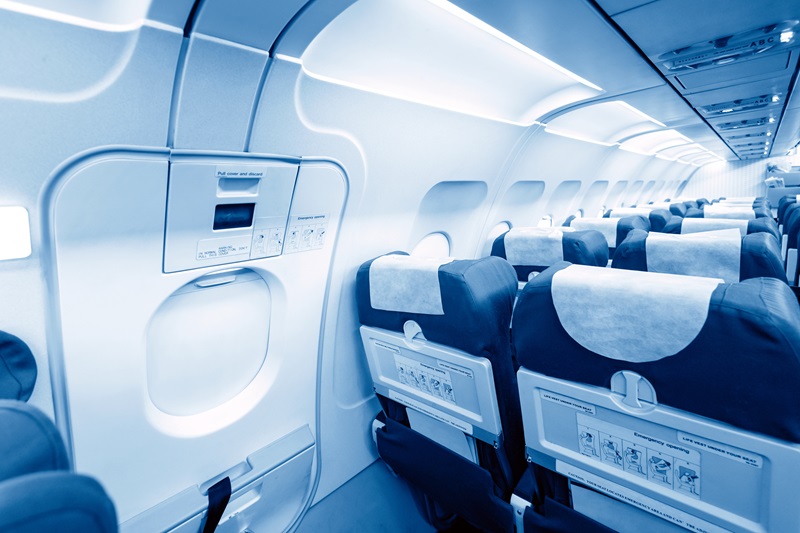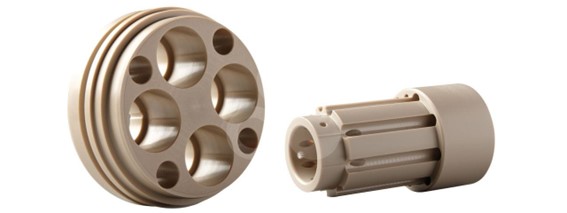
Specifications
Plastics are optimal for aerospace applications because they have heat resistance, little or no reaction against harmful chemicals and radiation, and also a comparable tensile and load strength to that of titanium and steel while being many times lighter.
Plastics for aviation are available broadly in two types:
Flame Retardant Plastics
Aircraft-rated performance of materials is measured not only with mandatory requirements for flammability, smoke and heat release, but also by the availability of a wide range of stunning design options.
These fully compliant portfolio of plastics meets all the stringent requirements of industry certifications for passenger safety.
Strategic use of textures for different applications throughout the cabin can elevate passenger mood and experience. These are available in multiple variations of textures to promote innovative tactile design

High Performance Plastics

The requirements for new components in the aerospace industry are stringent. Aerospace plastics offer a number of advantages over other materials:
- Weight saving of up to 60% as compared to aluminium, which significantly reduces energy consumption
- Better and easier further processing of the component
- Greater freedom in component design, which in turn reduces manufacturing and assembly costs
- Good chemical resistance
- Inherent flame retardancy
- High specific strength due to fibre reinforced plastics
- Superior sliding properties with excellent dry running characteristics and freedom from maintenance during use
- Low outgassing in vacuum and good radiation resistance
Carbon Fibre Composites
Carbon fibre composites offer an unparalleled strength-to-weight ratio, essential for aerospace components where every kilogram matters. Their exceptional durability and resistance to extreme temperatures and corrosive environments make them indispensable in challenging aerospace applications.
From the Boeing 787 Dreamliner to the Airbus A350, carbon fibre components are the material of choice for major structural components, including wings, fuselage, and tail assemblies.
Their adoption results in aircrafts that are not only lighter, but also capable of carrying more passengers or cargo over longer distance with improved fuel efficiencies.
